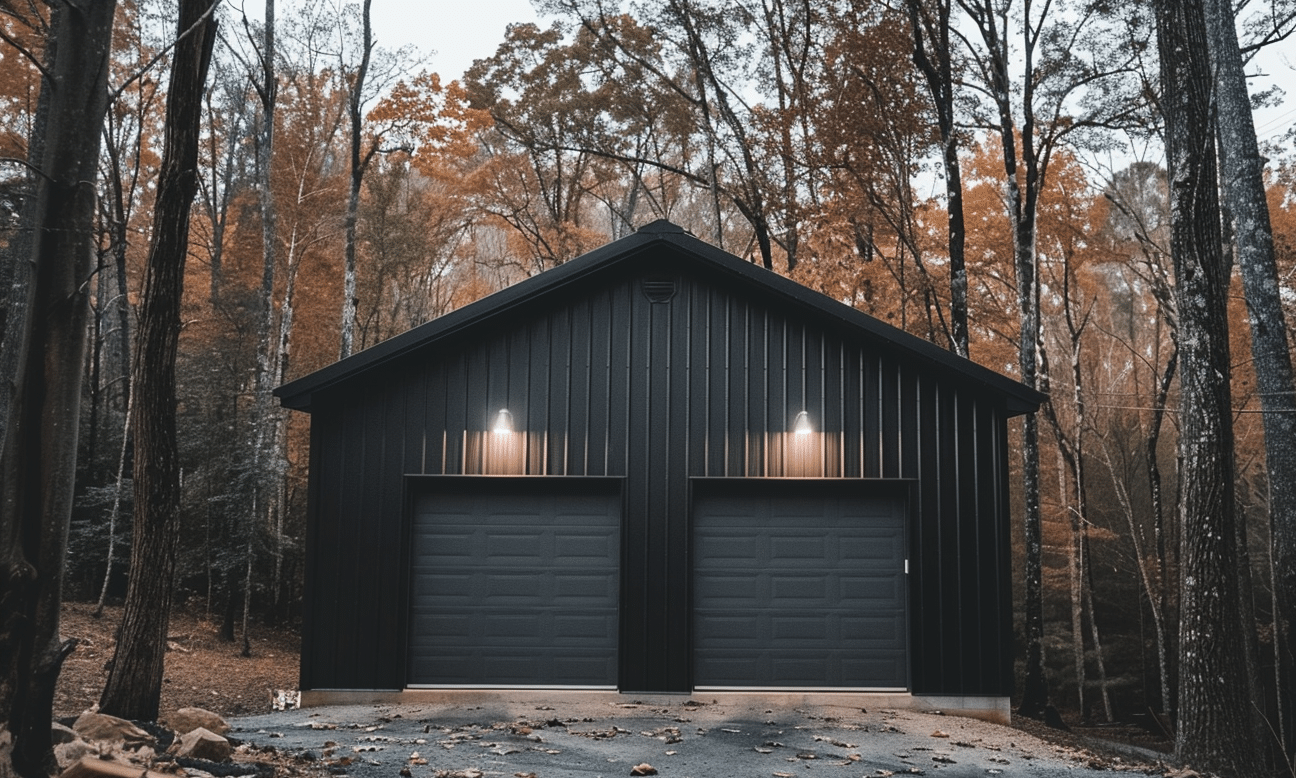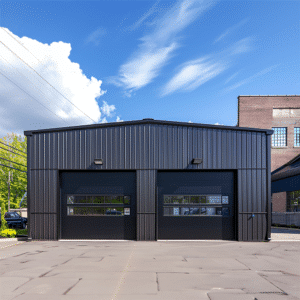In the ever-evolving world of construction, sustainability is no longer a choice—it’s a necessity. With the growing awareness of environmental degradation, the industry is turning towards sustainable materials to mitigate its impact on the planet. But what exactly are sustainable materials, and how are they revolutionizing construction?
Sustainable Materials: The Green Revolution in Construction
Sustainable materials are those that significantly reduce environmental impacts. They are not only beneficial in terms of reducing waste and energy use during the production process but also promote longevity and reusability. This focus on sustainability is transforming how we build, from ambitious skyscrapers to the humble 24×30 steel building kit.
Construction sites have traditionally been major contributors to pollution. However, with the adoption of sustainable materials, the sector is reducing its carbon footprint—ultimately aligning with the goals of organizations like the Canada Green Building Council – Sustainable Materials. This commitment to eco-friendly practices is gaining momentum thanks to several key advancements.
The Rise of Green Building Certifications
Gone are the days when eco-friendly buildings were a novelty. Now, they are quickly becoming the industry standard. One major driving factor is the prevalence of Green building certifications. These certifications provide tangible proof that projects meet high environmental standards, encouraging builders to use sustainable materials.
These certifications not only enhance the credibility of construction projects but also offer financial benefits like tax incentives and rebates. The market for certified green buildings is on the rise, and sustainable materials are at the forefront of this change.
Sustainability in Steel Building: A Durable Choice
When it comes to sustainable construction, steel is a champion. It’s durable, recyclable, and requires less energy to produce than many other materials. The adaptability of steel allows for various uses, making it an excellent choice for a variety of structures. For an in-depth insight into the pivotal role steel plays in modern eco-friendly construction, we recommend delving into Sustainability in Steel Building.
Steel’s benefits extend far beyond its initial use. When a steel building reaches the end of its lifecycle, it can be repurposed or recycled without a loss in quality. Moreover, considering steel’s recyclability and energy-saving qualities, it is a quintessential component for creating a sustainable building.
To illustrate, many Canadians are opting for steel in their residential and commercial projects. Whether it’s for a small garage or a massive warehouse, steel provides an eco-friendly option that stands the test of time.
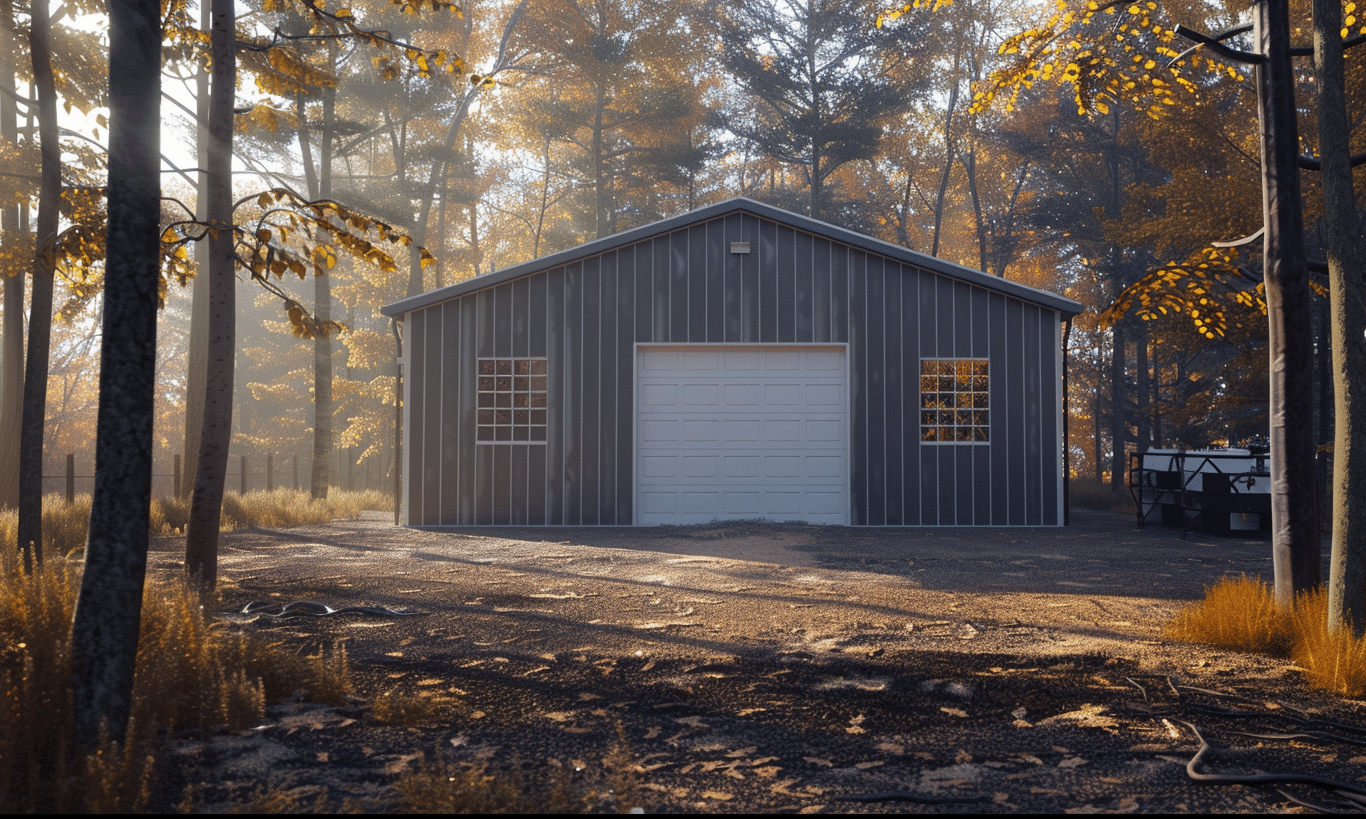
Innovative Sustainable Materials in Modern Construction
While steel is leading the way, other technologies and materials are gaining ground. Bamboo, for instance, is a remarkably renewable resource. It grows rapidly and can be harvested without extensive deforestation. Used in various applications from flooring to frameworks, bamboo is proving its versatility as a sustainable material.
In addition, reclaimed wood is making waves for its aesthetic appeal coupled with its eco-friendliness. By repurposing wood, builders can reduce demand for newly harvested lumber and avoid sending materials to landfills. This practice extends to many other materials like brick and concrete, which can be recycled and reused effectively.
Another promising development is the use of innovative carbon-neutral concrete mixtures. These new concrete formulations emit far less CO2 than traditional mixtures, making them a solid choice for reducing the environmental impact of construction.
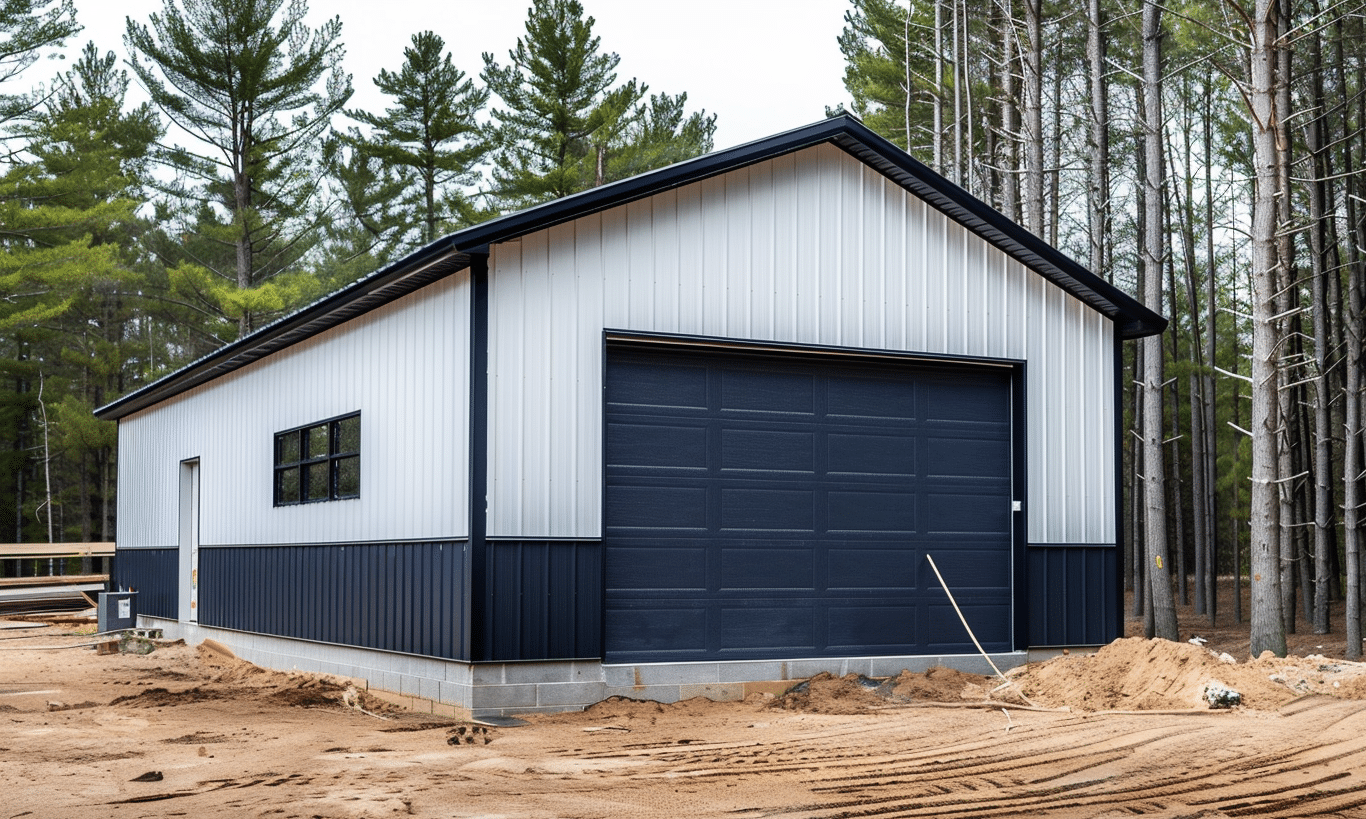
Benefits of Sustainable Building
The advantages of Sustainable building are immeasurable. Not only does it reduce strain on natural resources, but it also promotes healthier living spaces. Indoor air quality is significantly improved when using materials that do not emit harmful volatile organic compounds (VOCs).
Furthermore, sustainable buildings often boast higher energy efficiency. Structures made with eco-friendly designs and materials typically require less energy to heat and cool, which translates into significant cost savings over time. The reduction in utility use results in less greenhouse gas emissions, further contributing to environmental protection.
The lifecycle costs of sustainable buildings are notably lower. Although initial investments in materials and technology may be higher, the long-term savings from reduced energy, maintenance, and operational costs make green buildings financially viable in the long run.
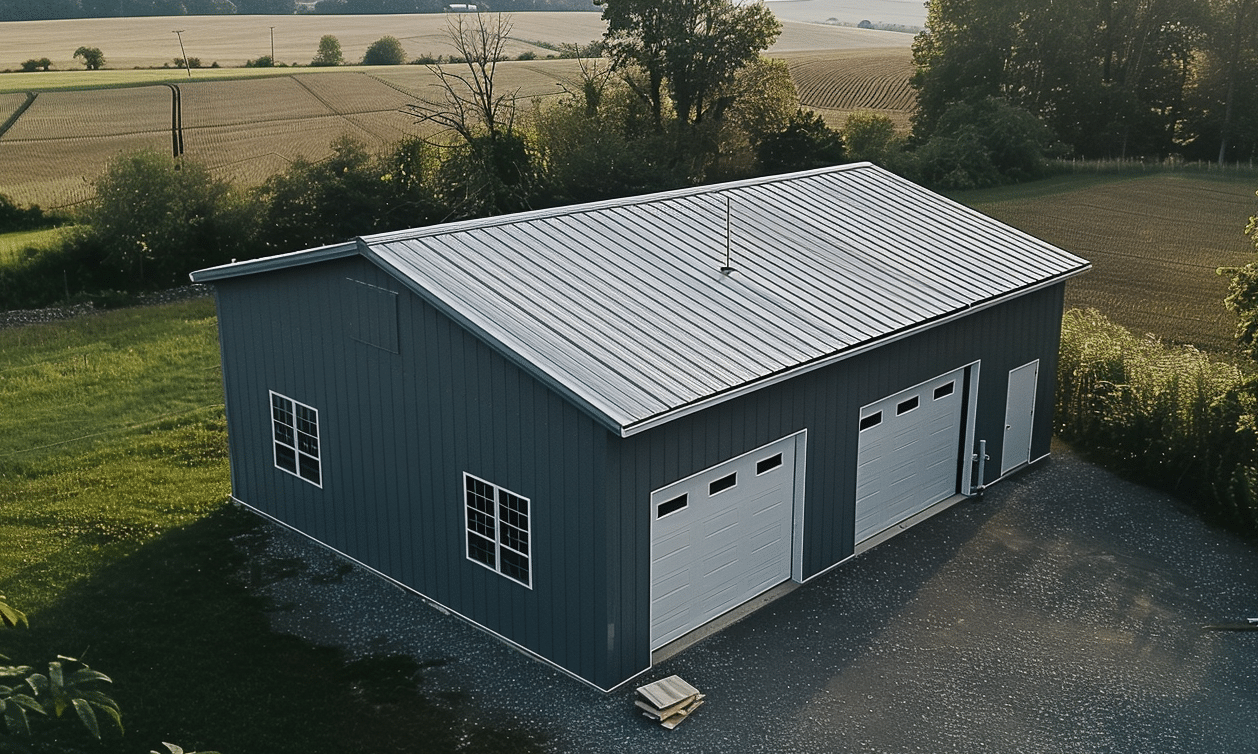
The Future of Construction: Paving the Way with Sustainable Materials
The construction industry is on the cusp of a green revolution. As architects and builders readily embrace sustainable materials, the blueprint for future structures is becoming clear—eco-friendly practices are no longer the exception, they are the norm. Leveraging materials that align with sustainable goals ensures that buildings will continue to meet both present and future needs, leaving a planet that’s better for generations to come.
Remarkably, choosing sustainability doesn’t mean compromising on design or function. From elegant bamboo finishes to robust steel frameworks, incorporating sustainable materials offers endless creative possibilities. Whether constructing a complex high-rise or a cozy family home, building with sustainability in mind empowers us to create structures that are kind to our planet.
In short, sustainable materials are not just shaping how we build—they’re shaping a better future. As the construction industry evolves, so too must our approaches, ensuring every project leaves a positive legacy. Let’s continue to explore and innovate, fostering a world where sustainable building becomes second nature.


